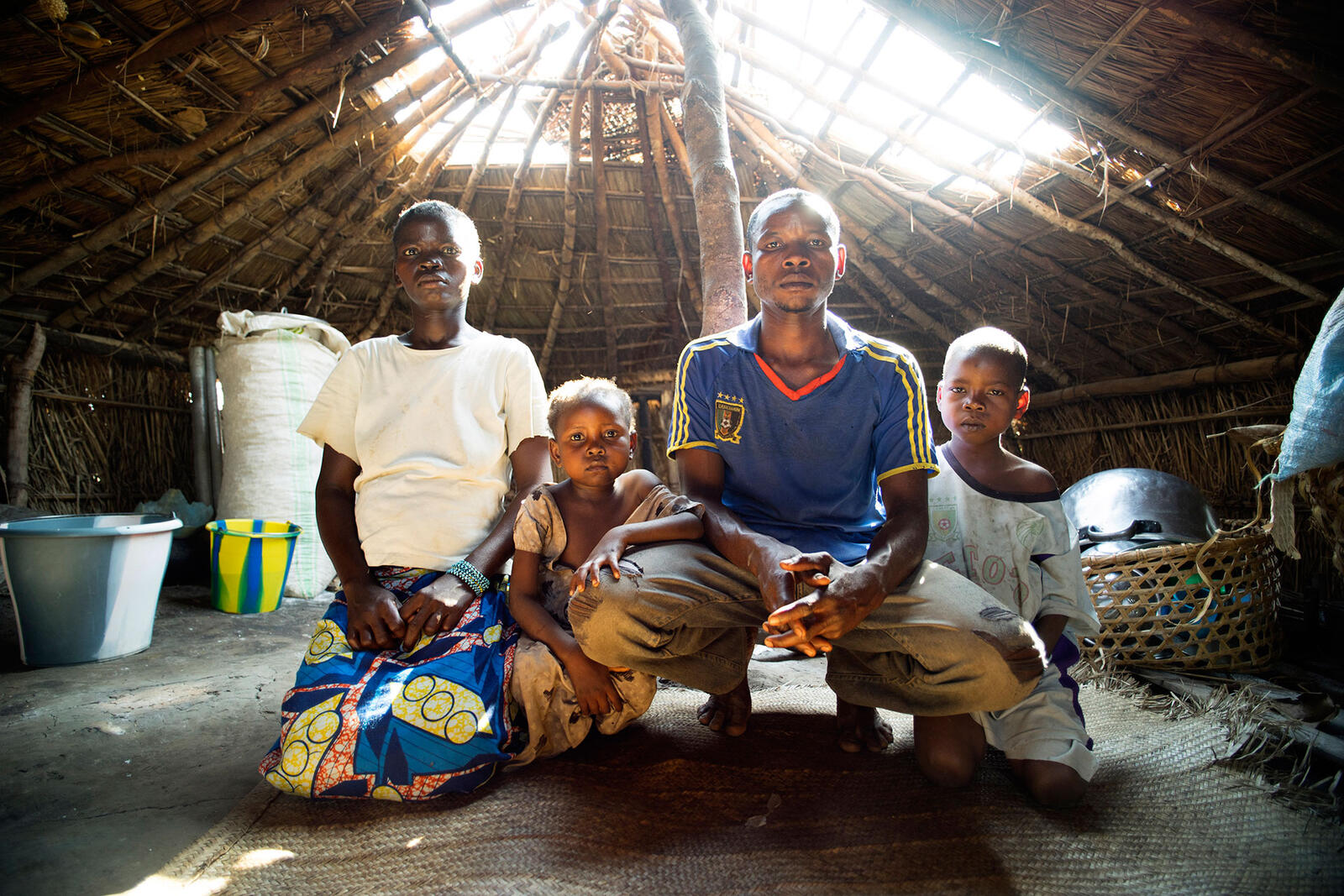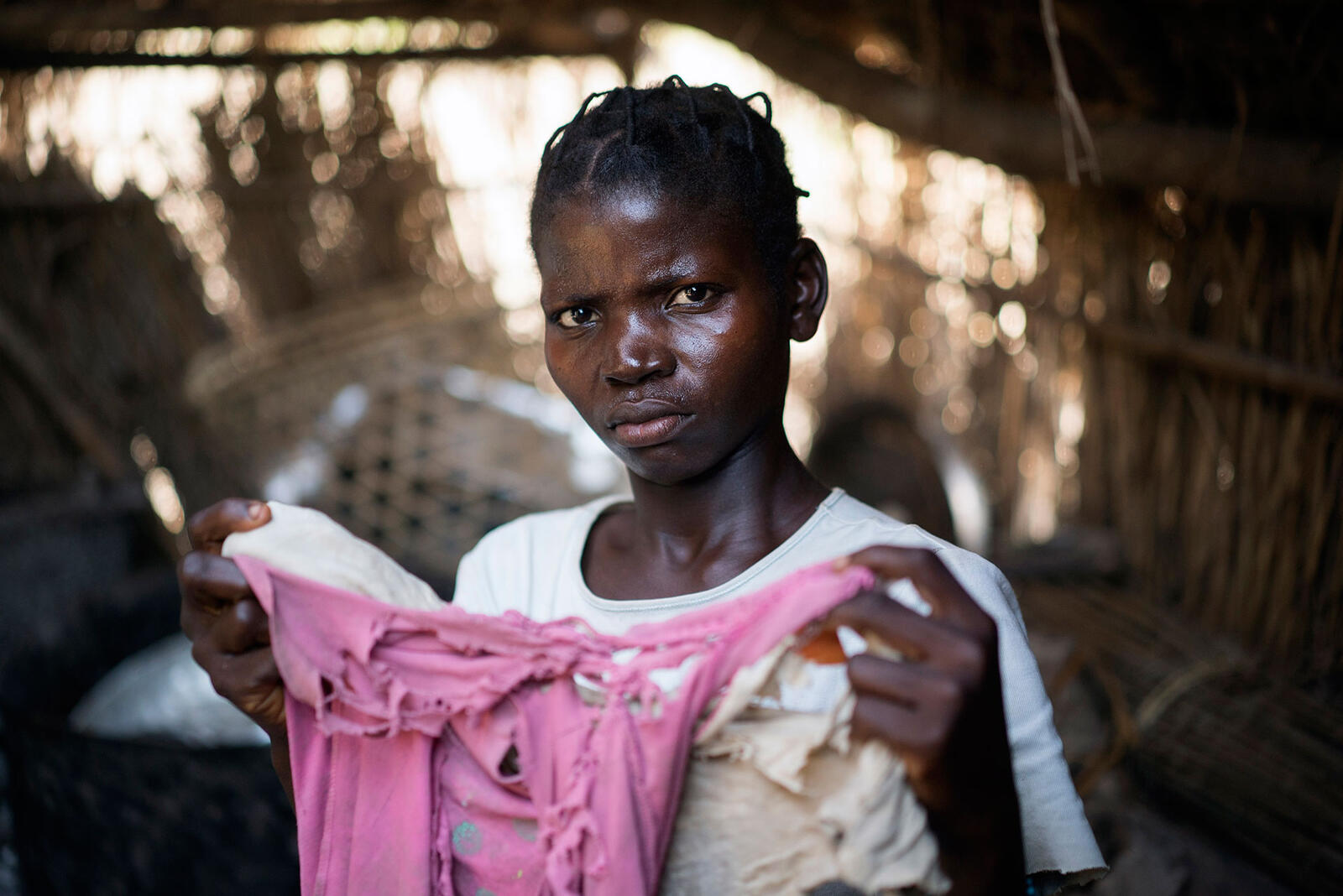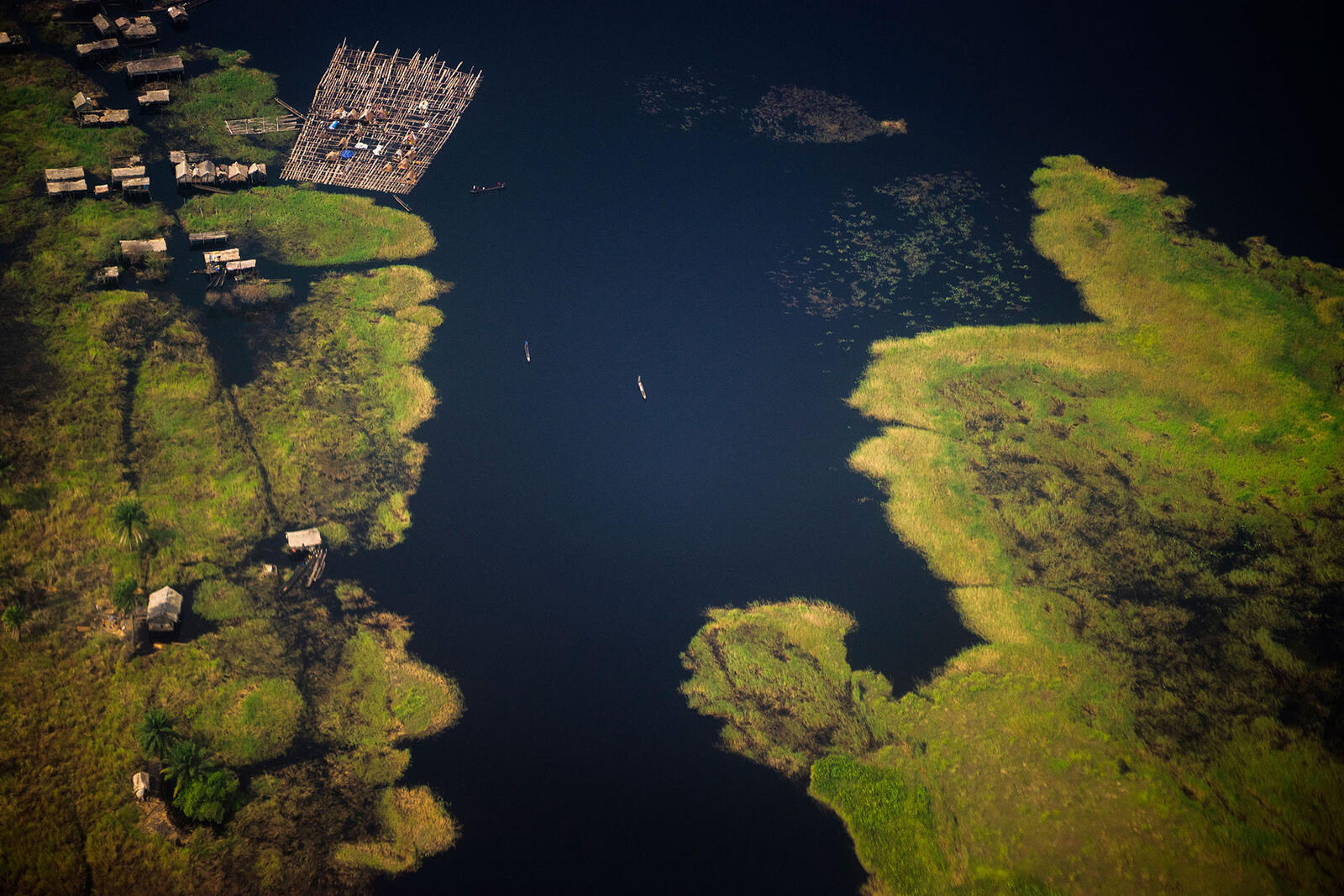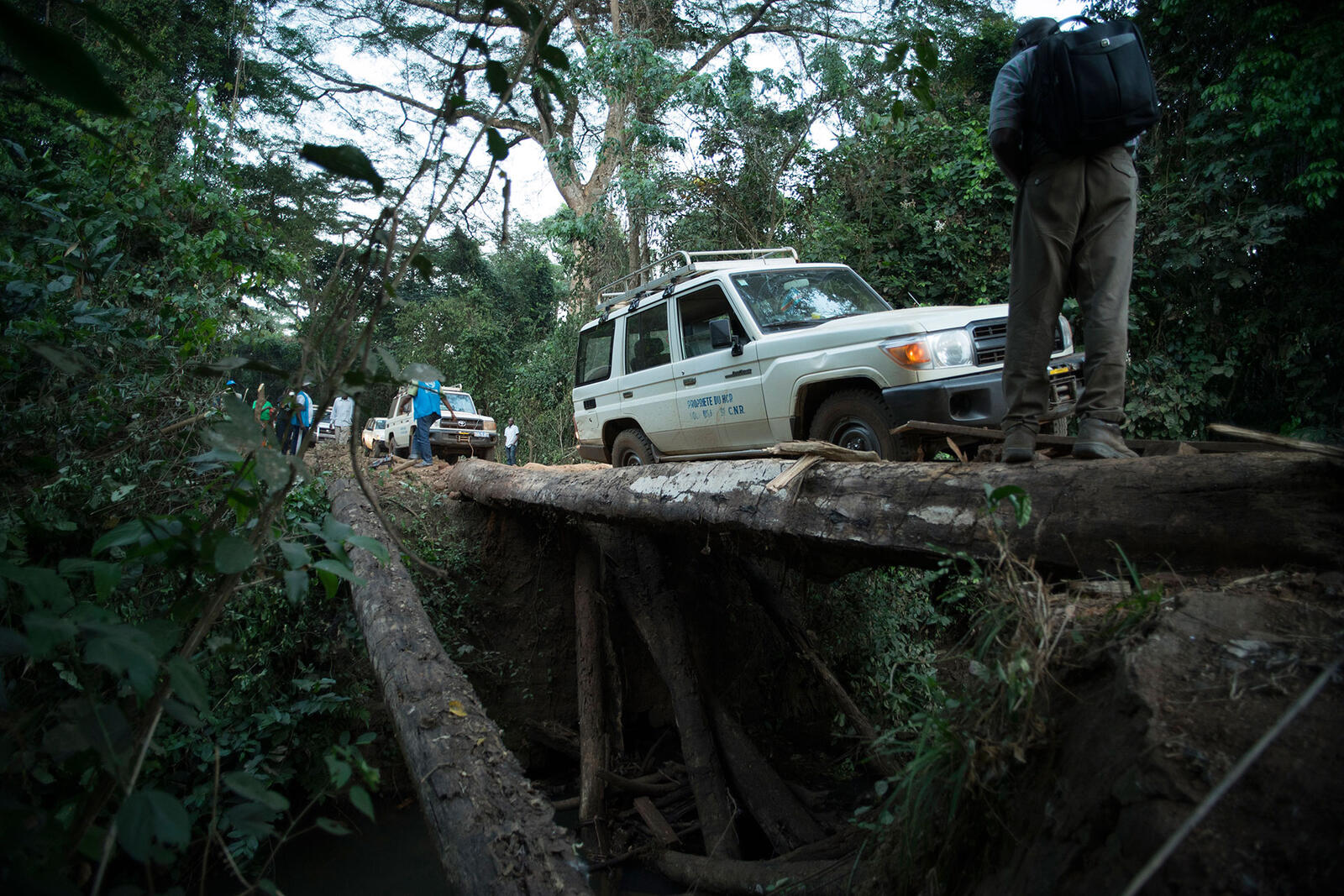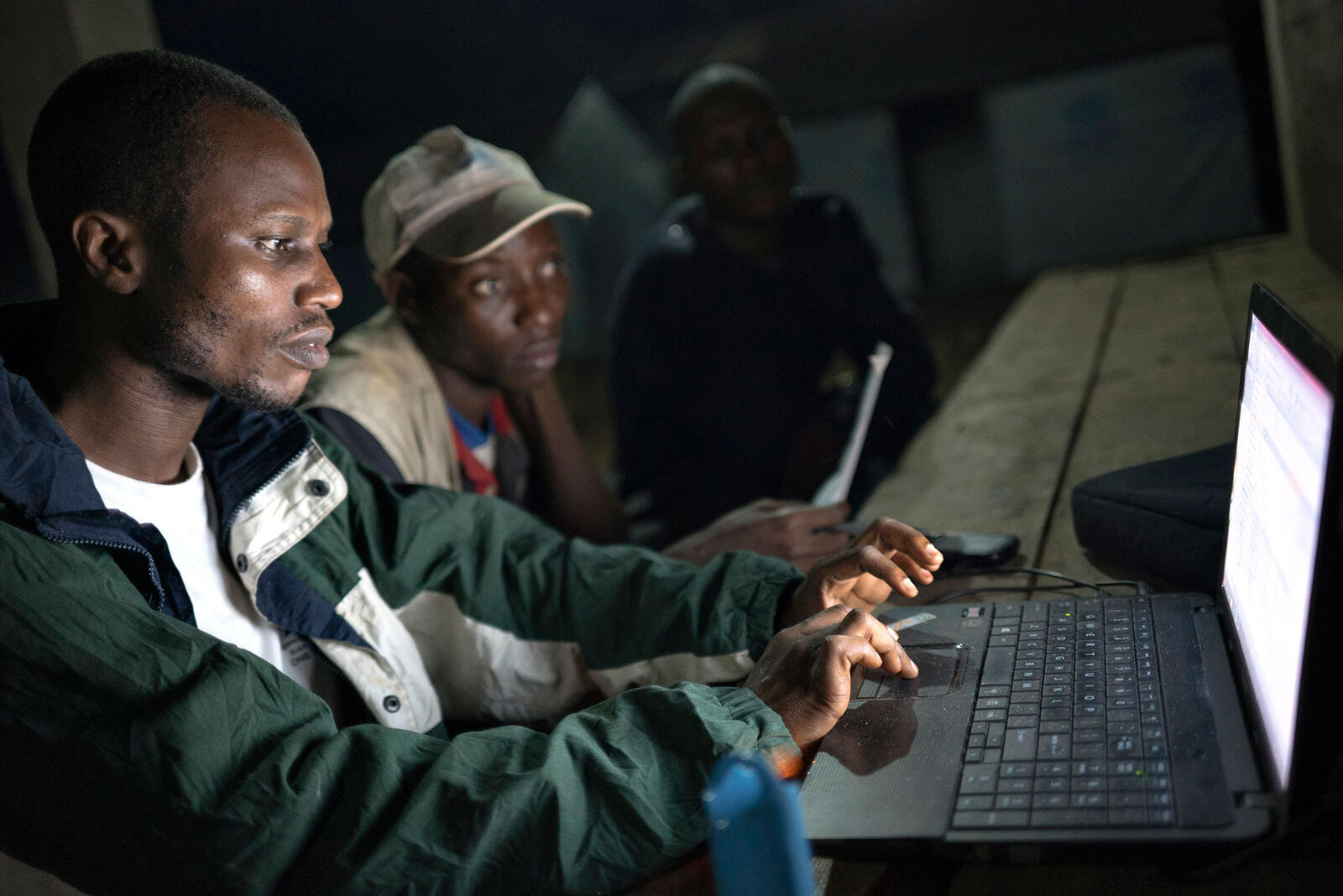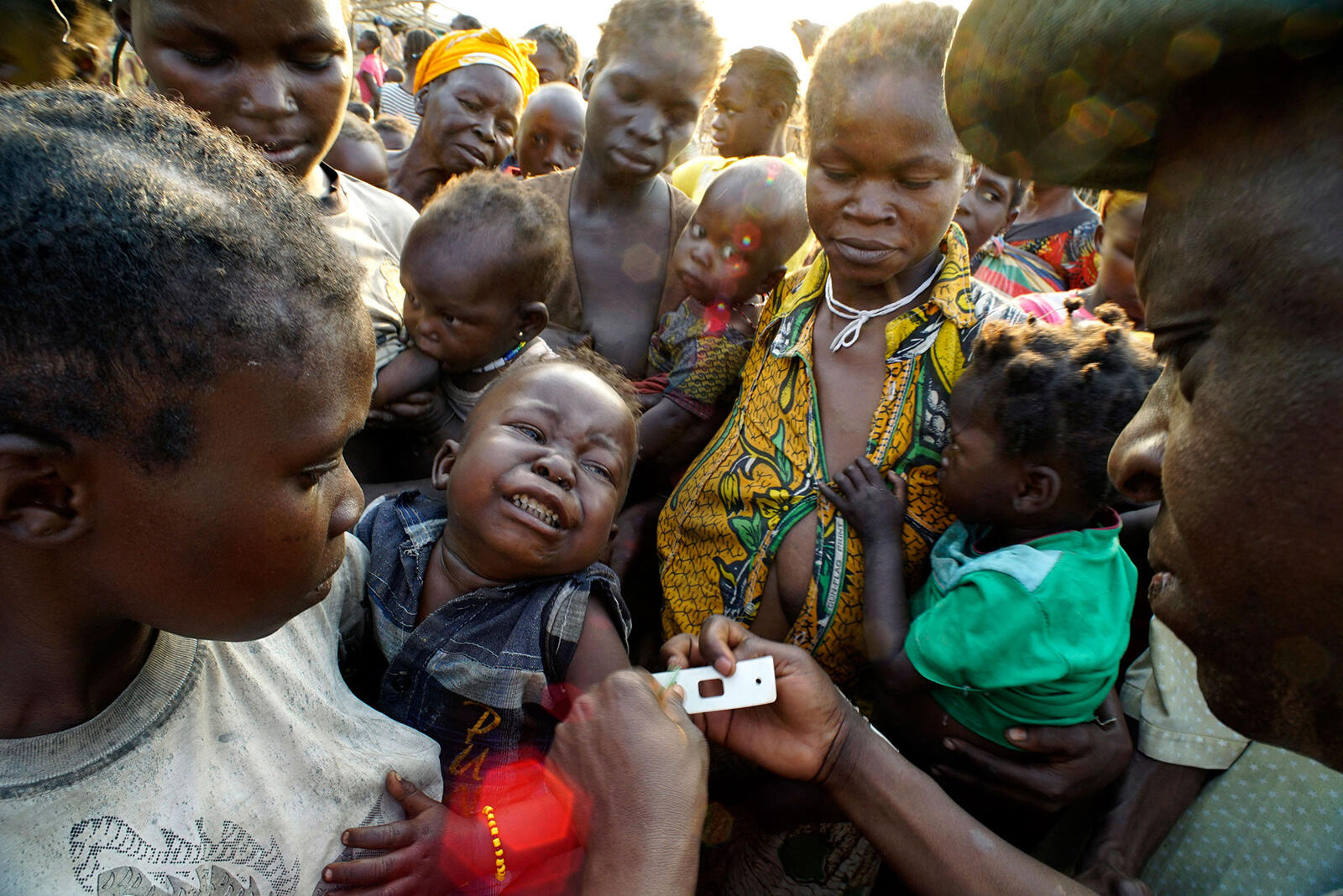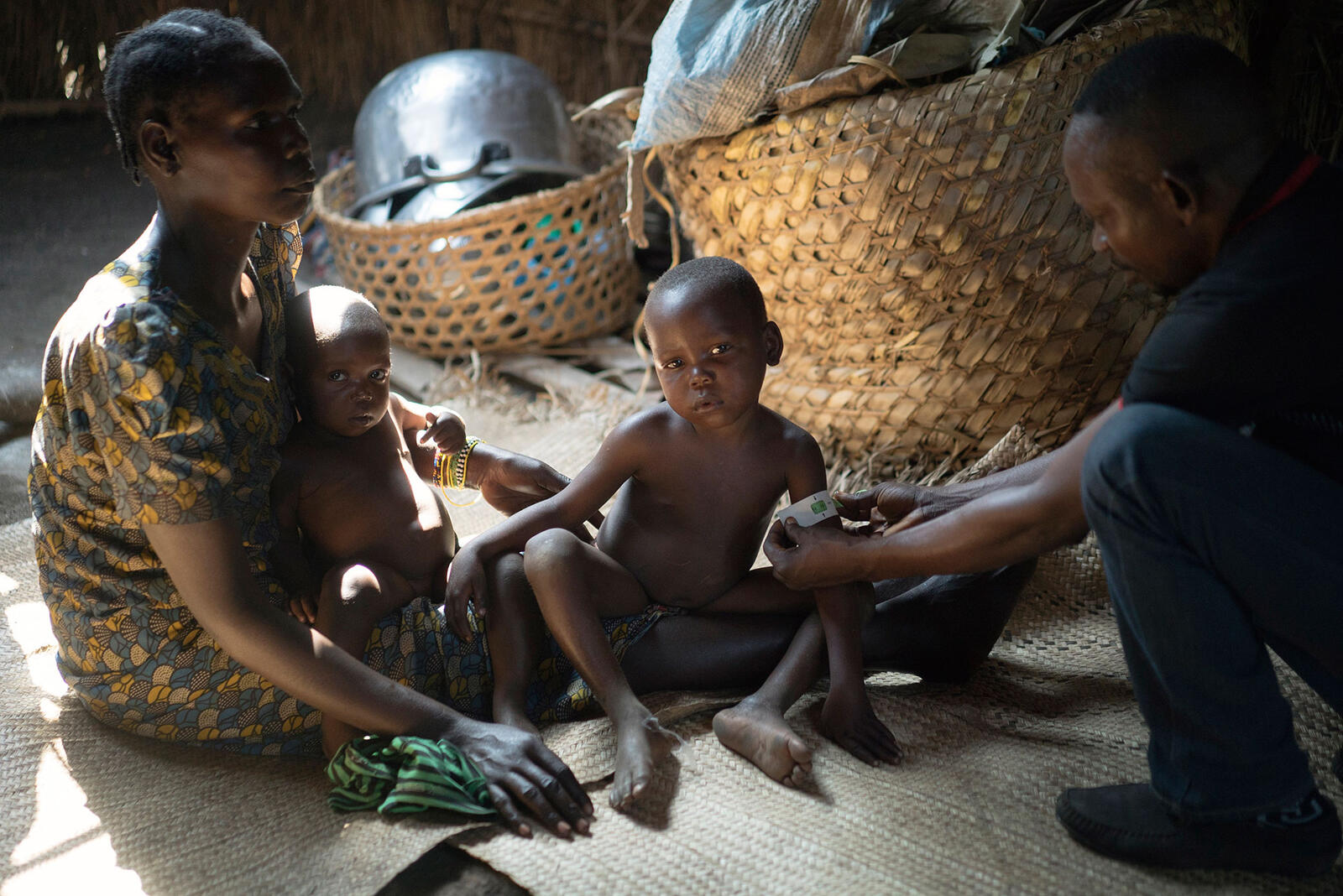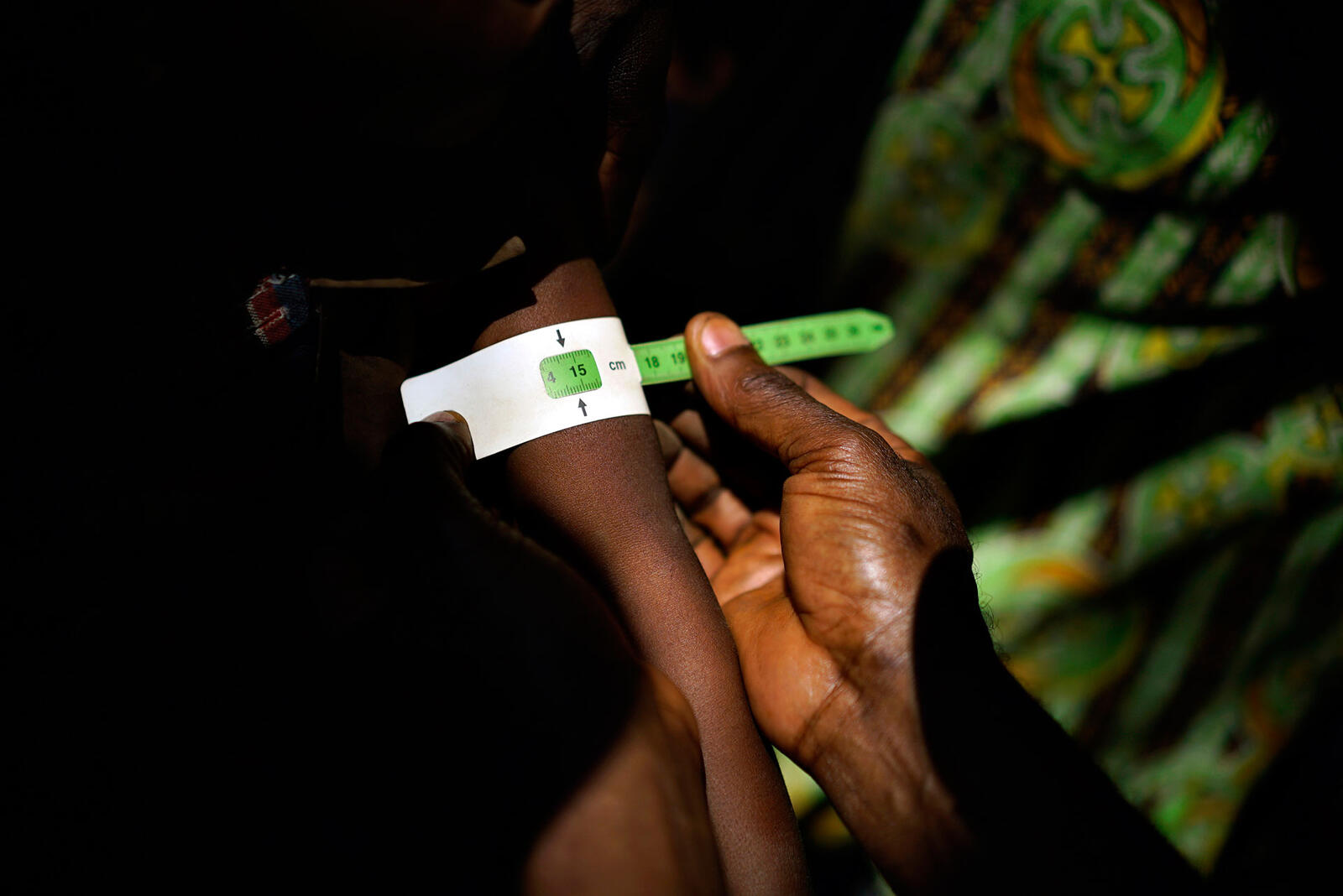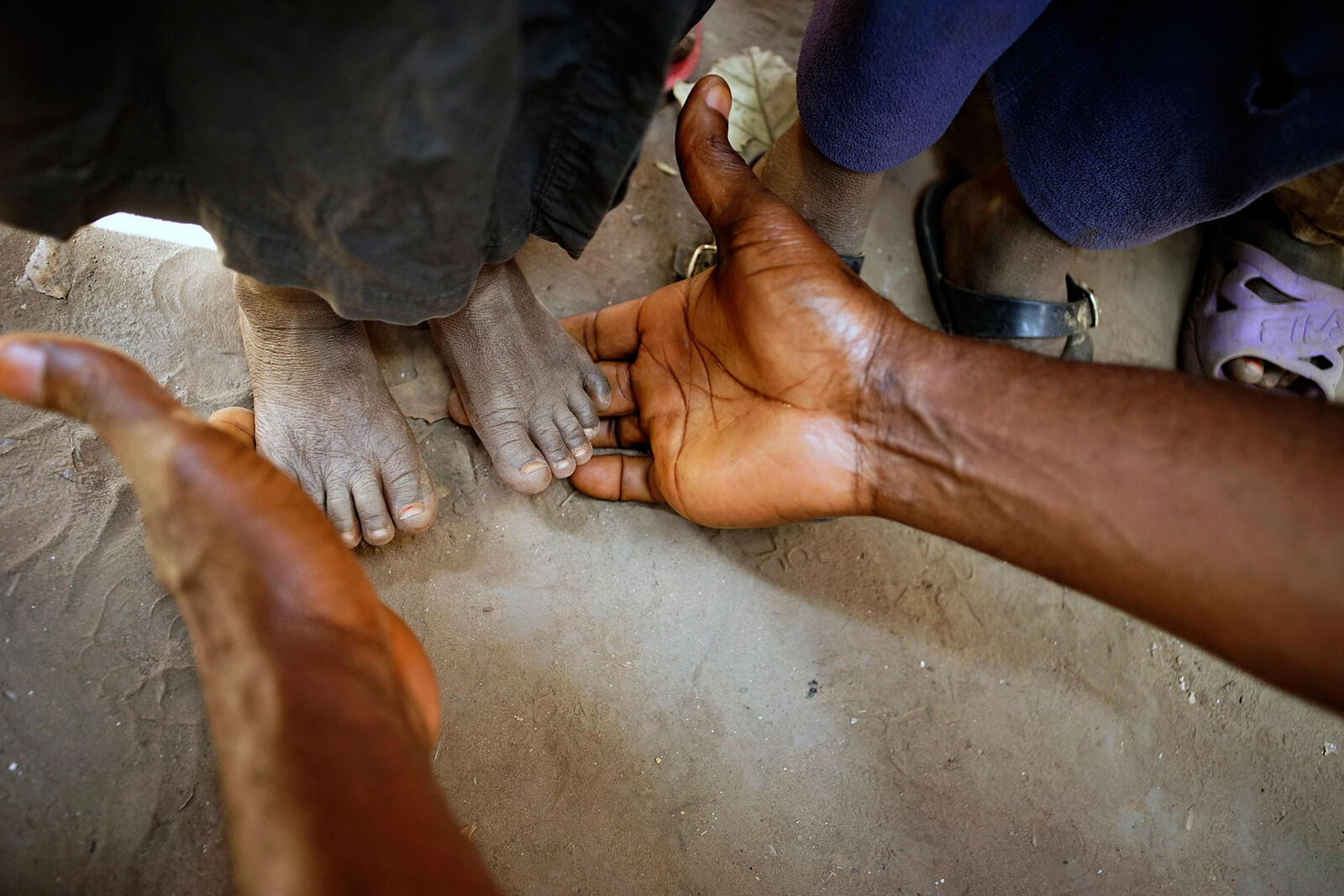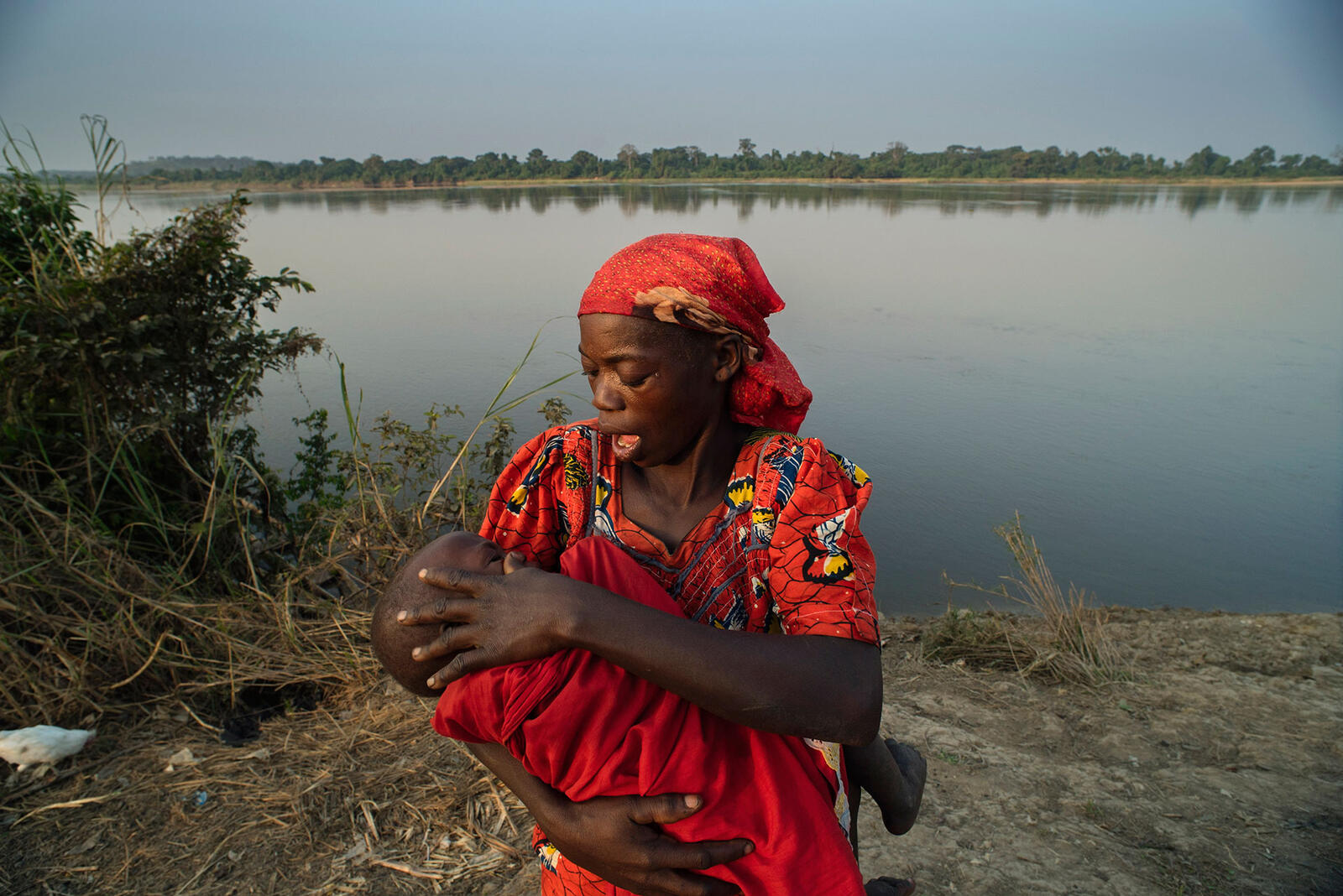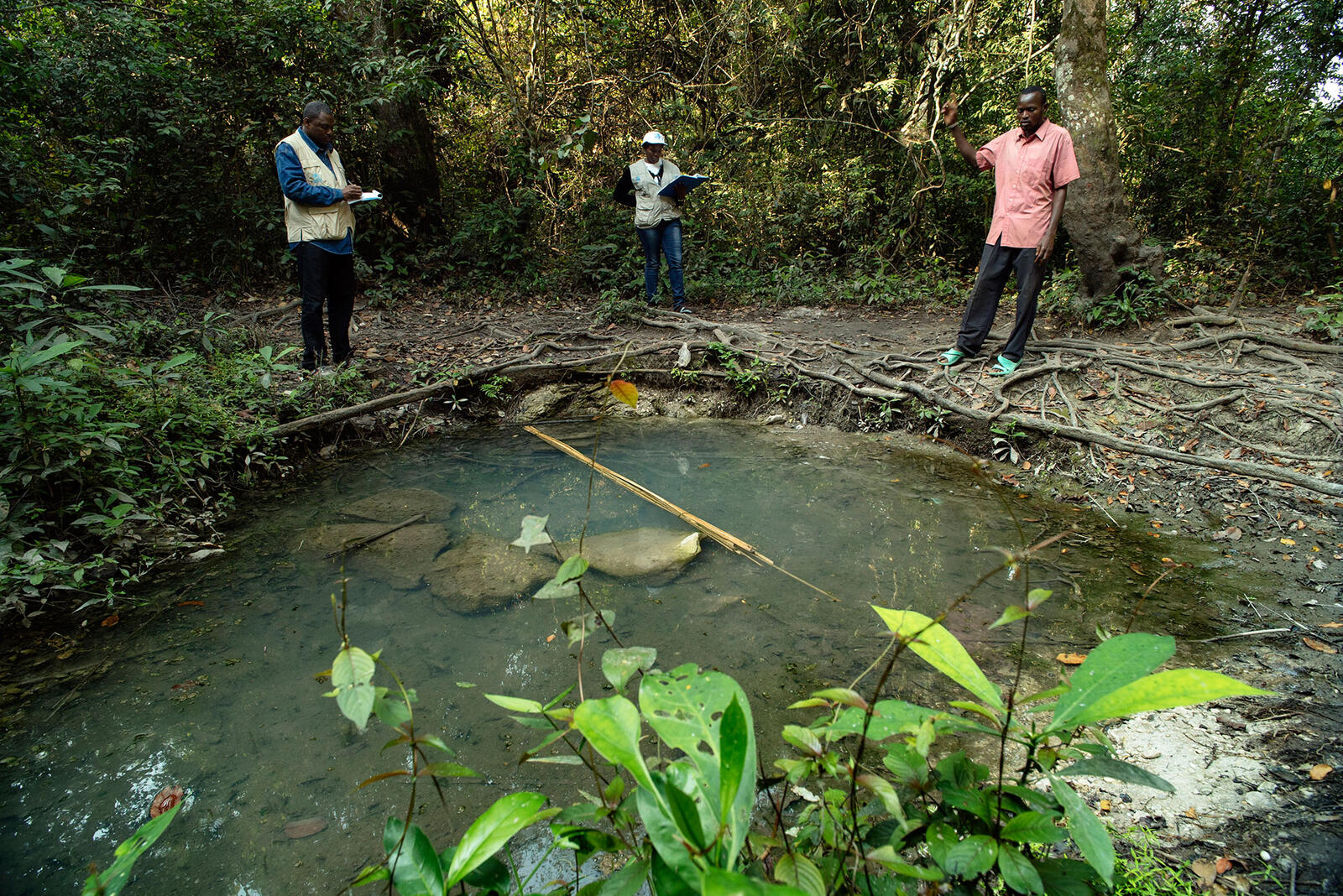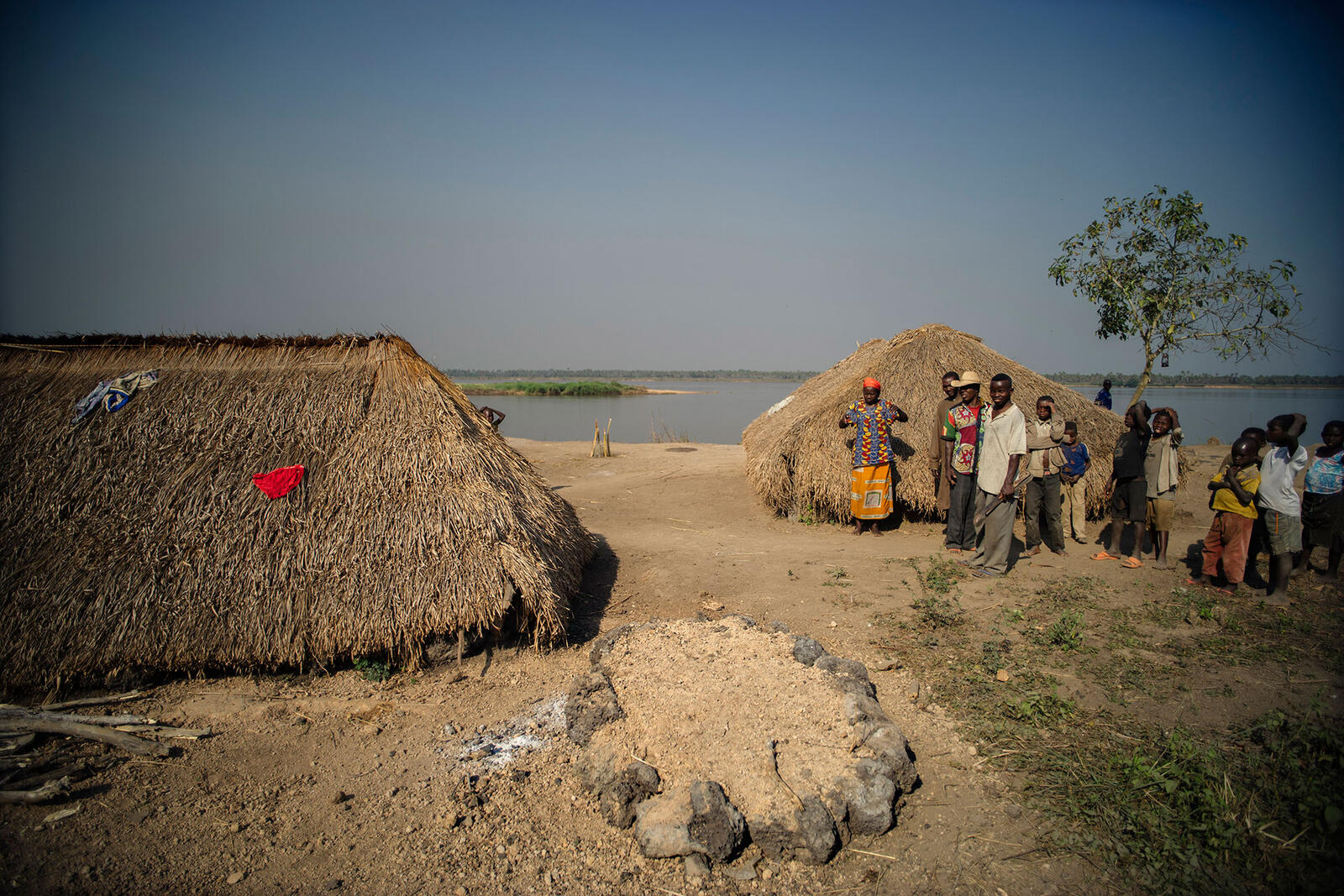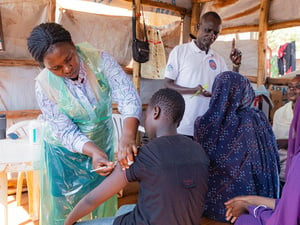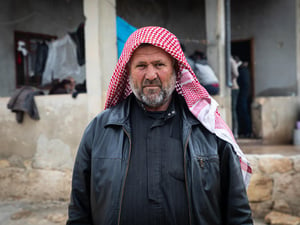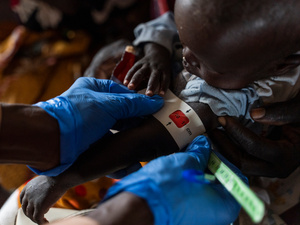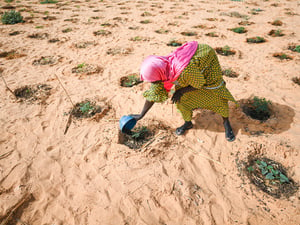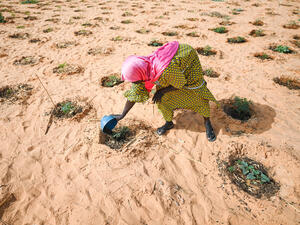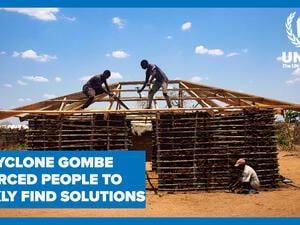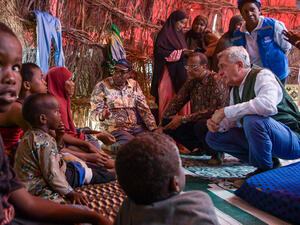Small graves
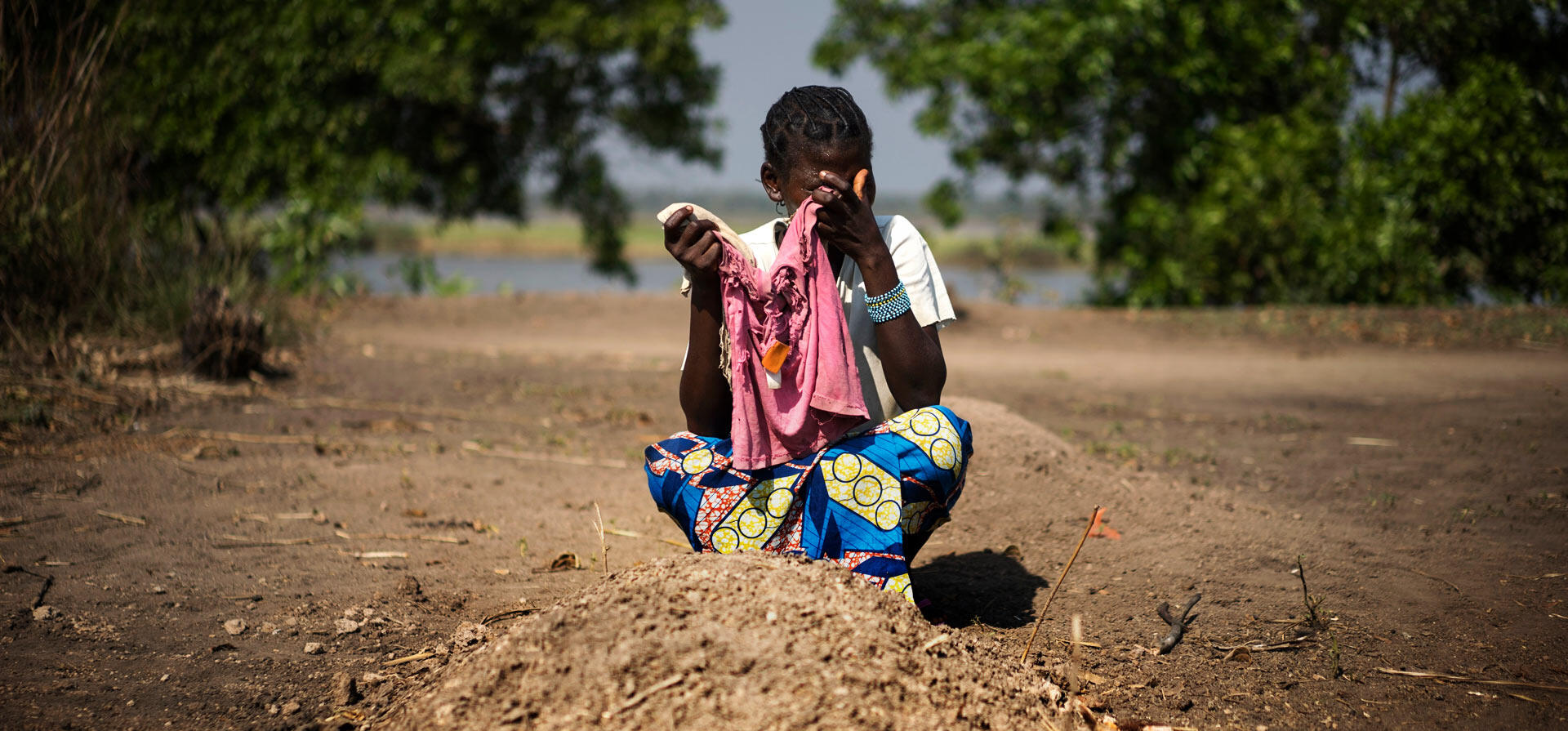
Small graves
Two small graves lie next to Natacha's makeshift shelter in Gbadakila, a spontaneous settlement hosting newly arrived refugees in the northern reaches of the Democratic Republic of the Congo (DRC). One of the graves is recent. The ground covering it is still fresh.
"When we arrived here, one of my children started being sick," says Natacha, 24, who fled fighting in the Central African Republic (CAR). "I don't know the reason. Two days later he died. The first died two months ago. The second died three days ago. They had lost weight. They were pale. We don't know why they died."
I met Natacha during an emergency mission to evaluate and plan a humanitarian response to the arrival of thousands of new refugees crossing into the DRC. She and her family come from Burumu, a village in CAR that lies just six kilometres north of the Oubangui River, which forms the natural border between the two countries. They fled renewed violence last June and sought refuge in the DRC.
From her shelter, Natacha can see her homeland on the other side of the river.
"I fled the conflict in my village," she says. "First, we had to cohabit with the Sélékas. Then, the anti-balakas arrived. Then the Mbororos arrived and burnt our houses. This is why we fled. There is nothing left. All the houses were burnt."
Renewed violence in CAR's Kouango district has spurred a new influx of refugees into Bosobolo territory, in the north of the DRC's Equateur Province. UNHCR and the National Commission for Refugees have registered 19,000 newly arrived refugees since December. Most live in spontaneous refugee sites on the southern banks of the Oubangui River, right at the border. Some live on islands in the middle of the river.
One focus of the emergency evaluation mission to the area – undertaken jointly by UNHCR, the World Food Programme and DRC's National Commission for Refugees – is to evaluate the newly arrived refugees' health needs as well as their access to water and sanitation.
"They have no access to health care for geographical and economic reasons," explains Robert Anunu, a UNHCR doctor who is part of the mission. "Their situation can deteriorate if there is no intervention in the short term. Their living conditions in very precarious shelters also lead to deteriorating health."
Natacha lives in dire conditions in a makeshift shelter with her husband and her two surviving children, ages six and seven. The family also hosts newly arrived refugees. And she is pregnant.
"We try to cope," she explains. "The [local] population is assisting us with cassava and cassava leaves, and we use palm nuts to make palm oil. If we have money, we buy fish. We are not fishermen. We don't have a [fishing] net. If we cook enough cassava leaves for lunch, we eat the rest for dinner. If it is not enough, we wait until the next day. Sometimes the population gives us, sometimes they don't. If the population can't give us, we don't eat. Sometimes we do some jobs for the population. If we have a little of money, we buy peanuts, grill them and sell them."
The most reported diseases among the refugee population are malaria, acute respiratory diseases, diarrhoea and malnutrition. Unfortunately, the area's health centres have no programme to track and treat malnutrition, and there is no access to potable water.
During the evaluation, the health and nutrition teams conduct a preliminary nutrition screening by measuring the mid-upper arm circumference of refugees. In the five spontaneous settlements we visit, they find that 11.3 per cent of the pregnant and lactating women – and 27.4 per cent of the children – appear to be malnourished.
It is difficult to determine the precise number of children who have died since the new influx of refugees in December because there is no mechanism for reporting deaths. But the medical team is able to gather some data during the mission. They collect information about 21 deaths, including 12 children, in the five sites visited. In Gbadakila, there are able to confirm four deaths, including three children under the age of five.
Our water and sanitation expert, Abdou Savadogo, notes that there is a total lack of access to clean water and sanitation in these five sites. "The refugees are using water from the Oubangui River without treatment for all their needs, including drinking water," he says.
Refugees also drink water from seasonal ponds and other undeveloped sources, but these are not sustainable and may contain microscopic pathogens that cause illness. The lack of adequate transport containers and water storage limits the amount of water to five or six litres of water per person per day.
"The total lack of latrine on these sites causes defecation in the open and in the river," Savadogo adds. "In addition, precarious shelters and overcrowding create precarious hygienic living conditions and obvious risks of waterborne diseases. Simple diarrhoea accounts for 18 per cent of consultations in reference health centres in Dula, Gbangi and Sidi" – three of the areas hosting refugees.
The emergency evaluation team is now working with partners and donors to support health centres in the nearby villages so they can provide better care to those who arrive weak and sick. Reinforcing their capacity, along with supporting a nutrition programme and facilitating the access to potable water, is crucial to saving the lives of the refugees.
Yet, for security and protection reasons, this urgent life-saving assistance cannot always be provided in the spontaneous sites at the border, where so many refugees currently live. And so UNHCR is setting up a new camp in Bili, about 50 kilometres away, where those who fled conflict can find greater safety.

